Takt Time Calculator
A takt time calculator is simply a tool, usually a spreadsheet, with the takt time calculations already programmed in.
It is most useful for people who don’t routinely calculate takt time. The takt time calculator should take people through all the steps of determining takt time.
Get Our Takt Time Calculator for FREE

Takt time calculators vary. Some do it by shift, some by day. In any case, the calculator should take out the non-working time (meetings, breaks, etc.)
The most important part is to make sure that the takt time calculator breaks demand out the same way as the time (i.e. if the time is looked at per shift, the demand should be looked at per shift.)
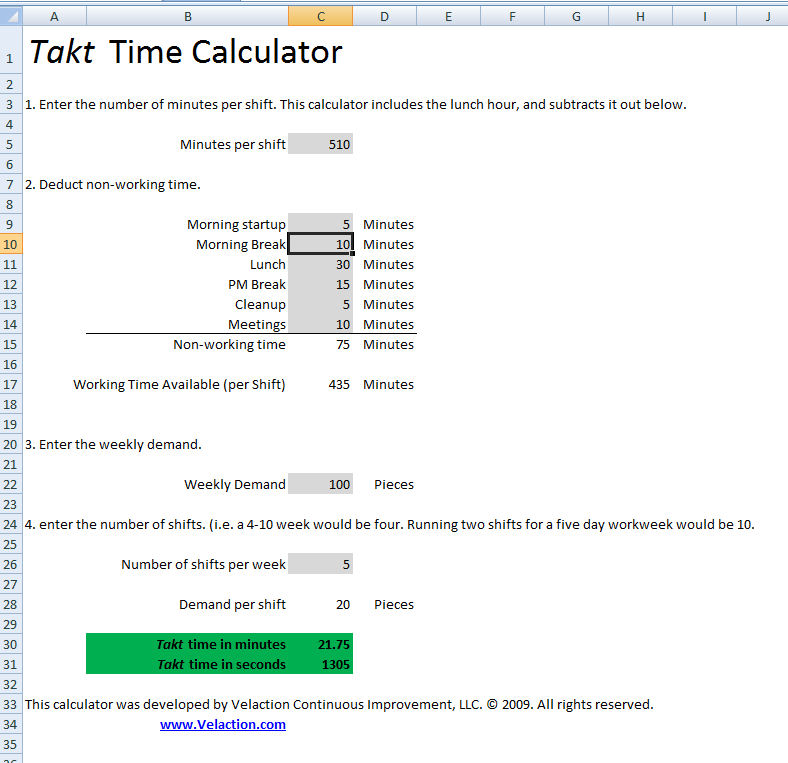
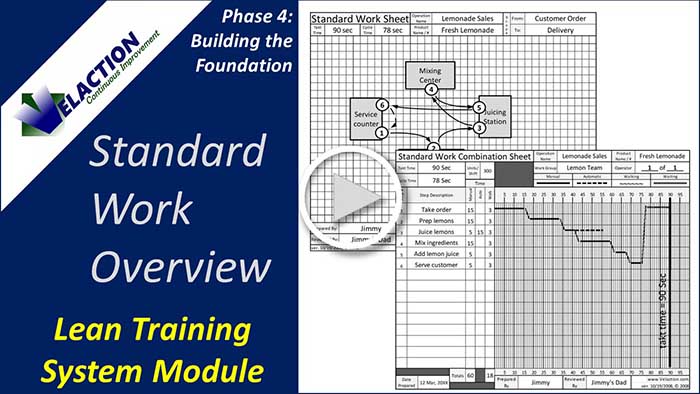
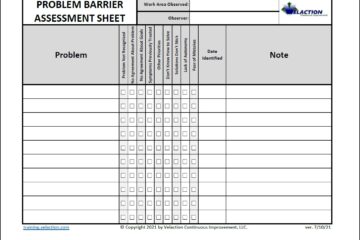
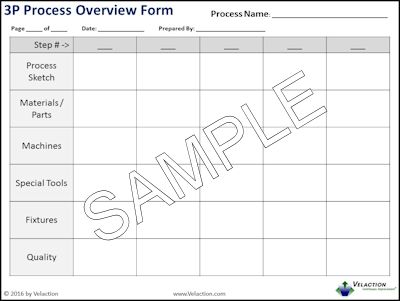
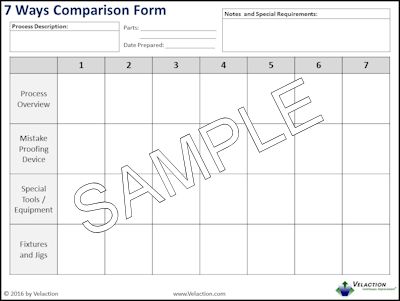
6 Comments
LUIS · December 15, 2020 at 8:55 am
How the takt time should be calculated in the following case:
There are 2 operators per shift, we have 3 shifts in a day, shifts of 7.0 hrs., each operator elaborates 3 types of products, being for each collaborator
Product A: 4 units
Product B: 6 units
Product C: 15 units
Product A requires the following activities
1. OFP: 20 min 2. LIR: 10 min 3. WB: 5 min
Product B requires the following activities
1. OFP: 15 min 2. LIR: 7 min 3. WB: 4 min
Product C requires the following activities
1. OFP: 7 min 2. LIR: 5 min 3. WB: 3 min
My question is how to calculate the takt time, since they are 2 operators per shift, 3 shifts per day, different products with different times for their production. The total demand per day between products A, B, C is 150 units.
Thank you
Jeff Hajek · December 15, 2020 at 12:38 pm
Hi Luis,
I’m going to stay (mostly) general, as there is a fine line between helping people at my site and giving free consulting work. I am available for remote consulting work if you have specific questions.
The first point is that the work content is really irrelevant to determining takt time. It is only relevant to staffing. Basically, when you know the pace of production, you have to staff to meet that pace.
There is a caveat to my last point, though. If you have three somewhat different products as you do, you have to make a choice. You can segregate the product lines and calculate each line separately, or if they are close, you can weigh the products based on work content. So ‘A’ might be the base with a value of ‘1’ unit, B might be counted as 1.3, and C at 1.5. With a bit of math you can get an equivalent number of product ‘A’ and use that for your demand. It isn’t perfect, since your work content changes, but if you are relatively diligent about tracking it, you can get a pretty decent value. In your case with product a taking 35 min and product c taking 15, you should probably be using separate lines. The alternative would be if you could offload a lot of the work of product A to feeder lines with their own takt time, and then install subassemblies onto the main line. With such a variance in cycle times, though, my gut says this should not be a mixed model production line.
When you run multiple shifts, you have to decide if you are going to call it 21 hours of working time available and use the whole demand, or parcel out demand to each shift. Basically you could make shift 1 a full shift with a full share of the daily demand, and shifts 2 and 3 might each be half shifts with only a half share.
Hope that helps.
Jeff
jaime · February 24, 2013 at 6:59 pm
Hi,
i have 10 hrs shift schedule daily and we are scheduled to process 150 pcs of raw materials a day,total of 1030 mins before we finish the whole process,how many is the takt time & needed operators a day.
Regards
James
Jeff Hajek · February 24, 2013 at 9:04 pm
Hi James,
The takt time part of your question is relatively easy. Using the calculator, with 35 minutes pulled out for breaks/meetings/etc., you have 565 minutes of working time divided by 150 units per shift for a takt time of 226 seconds or 3.77 minutes.
The second part of your question needs more information. Typically, you divide total cycle time by takt time to get the number of operators you need, but in your case that would yield 273 people, which seems high. Either that cycle time is for a batch process, or it includes waiting time. Either way, the calculation is missing something.
Regards,
Jeff
Larry Stephenson · December 2, 2011 at 11:18 am
I have a TAKT time of 925.7 seconds. 2 (10 hour)shifts with demand of 70 units.
I need to add 3.75 parts per shift so how many people should I add to my line.
My line is always 3 people.
Jeff Hajek · December 2, 2011 at 11:56 am
Larry,
The basic formula for the number of people is the total cycle time divided by the takt time. So if the takt was 100 seconds, and your total cycle time was 5 minutes (300 seconds), you would need 300/100 people. For your situation, you’d have to add up the cycle time of the three people on your line and divide that by the new takt time you get when you increase the demand (numerator in the takt time calculation.)
The problem is that the calculation is in a perfect world. The line would need to be 100% balanced, and 100% efficient. You’ll have to adjust the number of people required based on those factors.
Hope that helps answer your question.
Regards,
Jeff Hajek